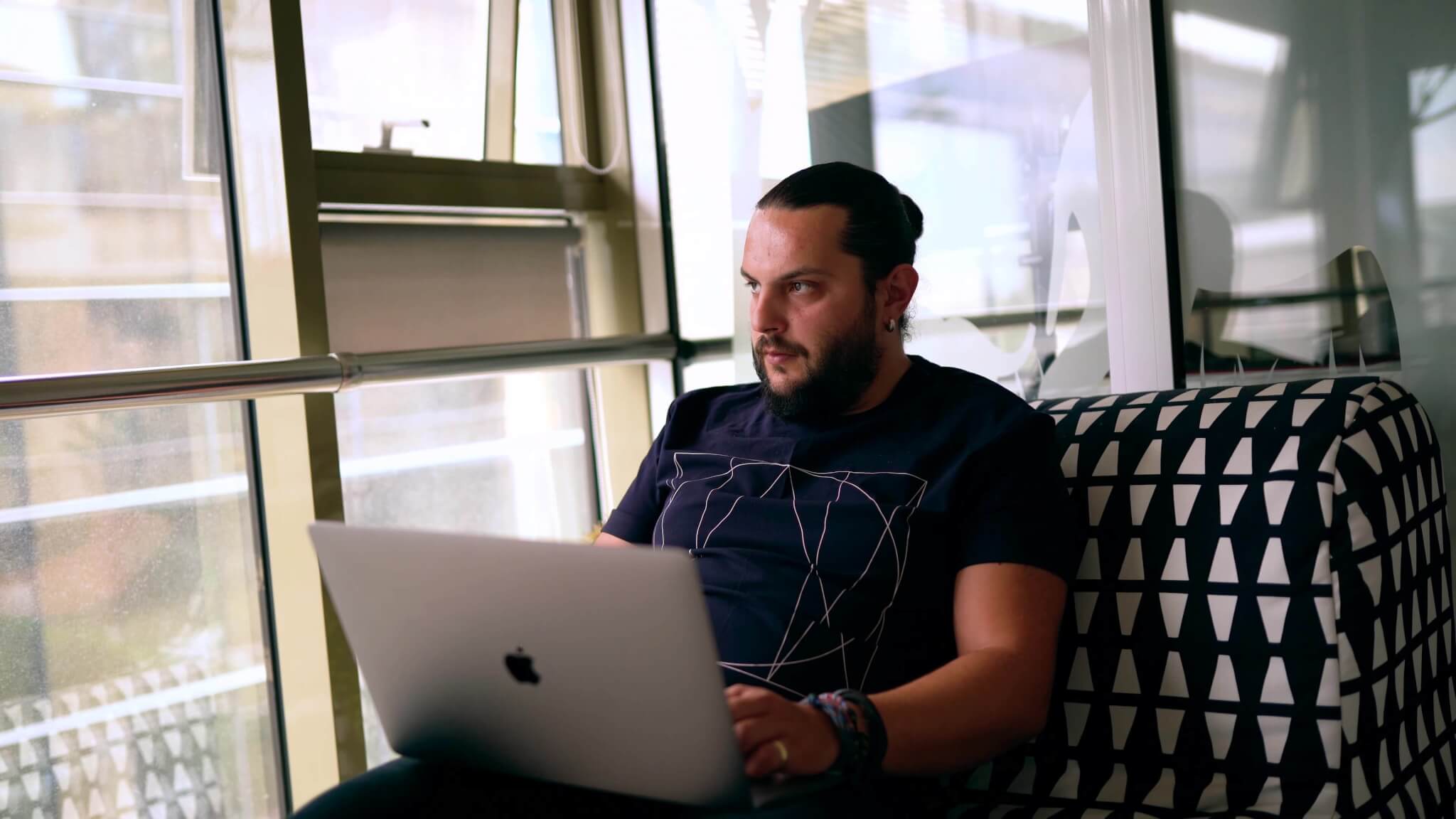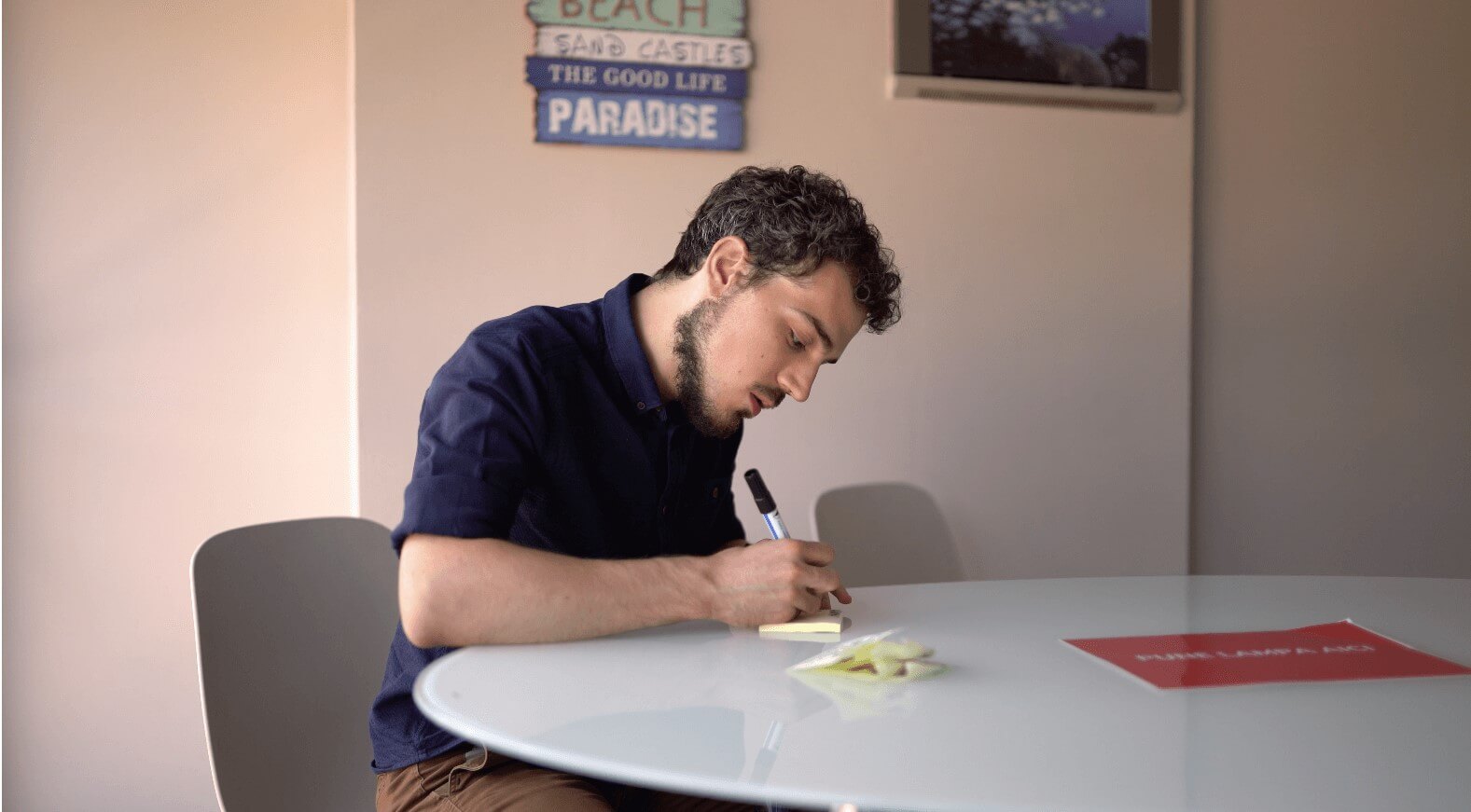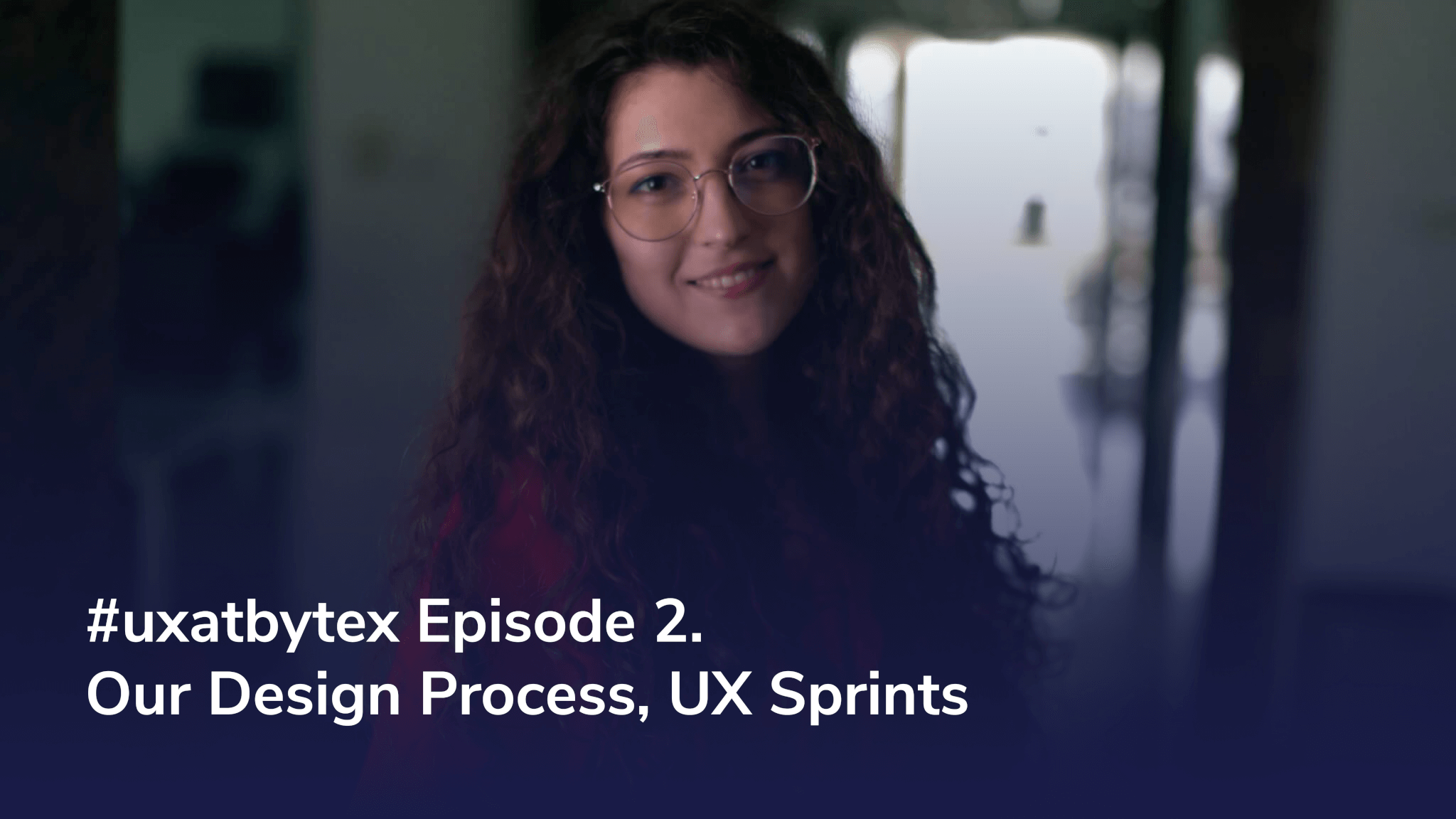We’re ending the first season of our #uxatbytex series with a word from our sponsor – our knowledge sponsor, that is. Mihai has been sketching his way into UX for over 12 years, and is currently leading the UX design team at Bytex. His colleagues covered topics such as UX sprints and ideation techniques, so he will follow up with his take on how to properly collaborate with stakeholders and developers within a cross-functional team.
For the entire series, please check out our Youtube channel. Video transcript below.
Mihai: Hello and welcome back to #uxatbytex, the video series dedicated to the intricacies of UX design. My name is Mihai and today I’ll talk about how to properly collaborate within complex, multi-layered projects. After Iulia and Alex have gone through our design process and ideation exercises in our previous videos – so make sure to check them out, by the way! – now it’s my turn.
So follow me in the next minutes as I share some insights that I’ve gathered over the years on how to properly align with developers and stakeholders.
As creatives, we need to strike the right balance between giving and following directions, a task more often easier said than done. Because of this, in order to ensure that expectations are always met, we need to make the most out of the tools we have at hand.
For example, first and foremost there is team strategy, which gives a common direction and an actionable long term plan for the parties involved.
Then there is designOps, whose goal is to establish processes and measures that support scalable solutions, followed by cross-team collaboration which allows people with different areas of expertise to work together and achieve a common goal.
Finally, measuring impact, which often refers to quantitative measurements. Follow the data to see if the solution you offer is as valuable as you envisioned.
As UX designers, we are used to working with perspectives. We often need to wear multiple hats in order to understand different viewpoints, and here’s where our empathy muscle comes into play.
Sure, working in collaborative environments is great, but in order for it to be successful we need to follow a set of basic best practices, such as constant interaction with other designers, mindfulness of the fact that the design and the development teams are in the same boat and are working together towards a common goal, constant awareness of sales and marketing priorities and transparency towards stakeholders and clients.
On this note, one question that frequently pops up is how UX designers collaborate with developers. The most common answer is, well, it depends.
What is the balance, though, is being aware of a set of principles: mutual respects towards each other’s expertise – we are all professionals, so we need to learn to listen to each other.
Proper communication techniques – we need to be able to stand by our opinions and should leave subjectivity out of the equation.
Proactiveness – we should provide design specifications on time rather than have developers constantly buzz us. It can get annoying and can lead to awkward situations.
More often than not, designers tend to ignore the skill of facilitation. As UXers, we are responsible for translating the client’s vision into codable design, and we do that by facilitating discussions, workshops, interviews or similar activities.
And here comes my favorite part of the video: how can we sustain a healthy relationship with stakeholders? It may come as a surprise, but the answer is, once again, it depends.
There are several things to consider, with the biggest one being the context of the project. You can work with a start-up or a large organization, being part of a bigger dedicated team, or you can be a sole designer acting pretty much like a lone wolf.
Regardless of the setting, there are a few tips that, if we follow, can keep the collaboration healthy and rewarding.
Let’s start with setting expectations: it’s crucial that at the beginning of any project we inform the stakeholders about the design process, what they should expect from us and when. Remember that for a business predictability is very important.
During the collaboration, it’s important to maintain a transparent approach and provide constant updates on our work progress. Proper feedback loops can considerably reduce the risks of going off the rails with our designs.
When it comes to decision making, that’s a tricky one. We need to make sure that we’re always ready to explain the reasons behind our decisions. You win some, you lose some, but it’s important to always strive for what’s in the user’s best interest and for the value that you can bring to a business.
Consider stakeholders as your users and try to adapt to each one’s personality. Learn what they like or dislike, and find your way into their trust zone.
One great trick to keep a healthy relationship with stakeholders is to always provide more than one variation of what we work on and present them with arguments. So don’t be afraid to bring your own ideas to the table. The more they understand where we are coming from, the easier it will be to align on the important things.
To wrap up today’s video, when it comes to efficient collaboration we talk about balance, mindfulness and reason.
I hope you found these tips as useful as I did when I first got a hold of them and if you have any other topics in mind that you’d be interested in hearing about from us, just leave a comment below. We’ll make sure to address them in our next video.
Thanks for watching!
__________
Interested in working with our designers? Drop us a line at hello@bytex.net and we’ll get back to you with all the information you need.


